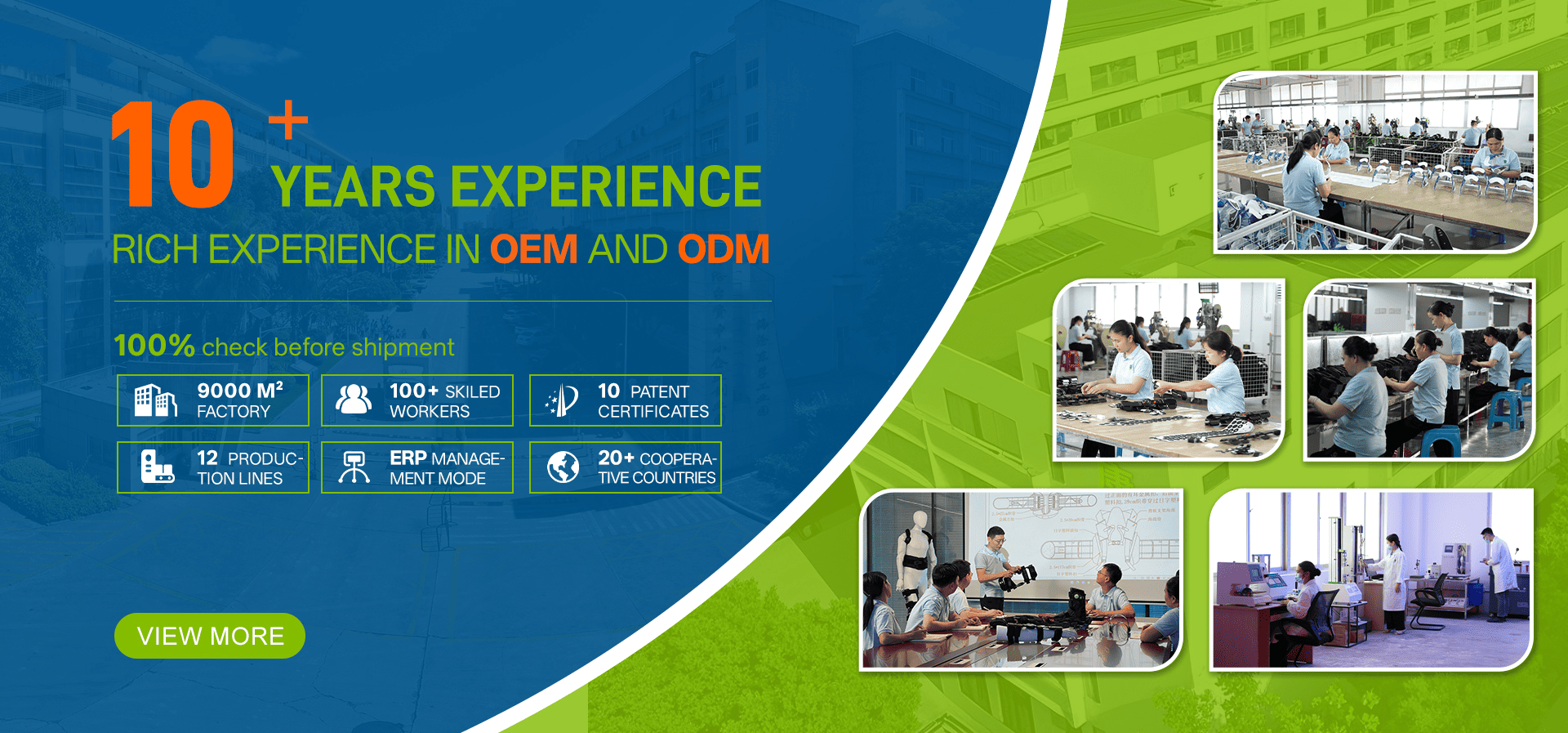China manufacturer with FDA/CE/MDR/ISO13485
- call us :18030239913
- email us : sales3@huakangortho.com
Recovering from an ankle fracture demands careful choices, and selecting the right post-surgery boot can significantly impact healing speed. Among the options available, pneumatic walking boots and traditional rigid models stand apart—each with distinct benefits that cater to different recovery needs. Understanding their unique traits helps align your choice with your body’s changing requirements during rehabilitation.
Choosing the right post-op ankle boot isn’t a universal decision. Traditional walking boots, crafted with hard plastic shells, deliver unwavering stability—critical in the initial weeks after injury when movement must be strictly controlled. Their robust design excels at immobilizing the joint, but this rigidity becomes a limitation as healing progresses; once swelling subsides or physical therapy begins, their fixed fit often feels restrictive.
Pneumatic boots, by contrast, feature inflatable air bladders that let users customize pressure levels. This adaptability transforms the recovery experience: in the first 72 hours, when swelling peaks, you can inflate the bladders to cradle the ankle tightly, minimizing movement and reducing discomfort. As inflammation eases, releasing air creates more space, allowing gradual, controlled mobility that prevents joint stiffness—a common pitfall of prolonged immobility.
Adjusting pressure in post-surgery boots emerges as a key factor in successful healing. Traditional models lock in a single fit, which can become problematic as your ankle’s size changes during recovery. A boot that fits perfectly in week one might feel loose by week three, compromising support. Pneumatic alternatives, like those in Huakang Ortho’s pneumatic walking boot lineup, solve this by letting you tweak pressure daily, ensuring consistent support without sacrificing comfort—a feature that lowers risks of pressure ulcers or poor circulation.
How long you’ll need to wear the ankle boot depends on your fracture’s severity, but the boot’s adaptability affects this timeline. Traditional designs often require size adjustments or replacements as your ankle heals and shrinks, disrupting continuity. Pneumatic boots adapt to these changes, letting you use the same device from initial immobilization through early mobility stages. This consistency not only reduces costs but also maintains steady support—vital for avoiding setbacks like re-injury.
Guidelines for selecting fracture recovery boots emphasize balancing stability with mobility. While traditional boots excel at immobilization, excessive restriction can lead to muscle weakness or joint stiffness. Pneumatic boots strike a smarter balance: their adjustable pressure allows controlled movement that preserves muscle tone and joint flexibility. For example, gentle ankle rotations during later recovery stages, made possible by reduced bladder pressure, can accelerate return to normal function—something rigid boots rarely accommodate.
Your daily routine also influences the ideal boot choice. If your recovery involves mostly sedentary activity, a traditional boot may suffice. But for those needing moderate mobility—teachers, retail workers, or parents caring for children—pneumatic boots offer a lighter, more comfortable option. Their streamlined design reduces fatigue during extended wear, a critical advantage for anyone balancing recovery with daily responsibilities.
Consider real-world applications: A graphic designer working from home might manage fine with a traditional boot, as they rarely need to stand. Conversely, a nurse on light duty would benefit from a pneumatic model—adjusting pressure between shifts eases soreness, while the boot’s lighter weight reduces leg fatigue during long hours.
Athletes or active individuals also gain from pneumatic designs. The customized support boosts confidence during rehabilitation exercises, encouraging consistent participation in physical therapy. This proactive approach often shortens recovery timelines: studies show patients using adjustable boots return to light activity 15-20% faster than those in rigid models.
Maintenance differs between the two types. Traditional boots require minimal upkeep but are easily damaged—cracks in the plastic shell can compromise their effectiveness. Pneumatic boots need regular checks to ensure air bladders stay inflated, but this small effort pays off in sustained performance. Most models include simple hand pumps, making pressure adjustments quick and hassle-free.
When following professional advice on fracture recovery footwear, always consult your healthcare provider. They’ll assess factors like fracture type, soft tissue damage, and activity levels to recommend the best option. For many patients, pneumatic boots become the preferred choice once initial swelling subsides, offering the versatility needed to support evolving recovery needs.
Explore Huakang Ortho’s orthopedic solutions to find pneumatic boots engineered for both durability and comfort. Their designs combine medical-grade materials with user-friendly features—like intuitive pressure valves and breathable liners—making them ideal for navigating the stages of ankle fracture recovery.
In summary, while traditional boots serve a purpose in early immobilization, pneumatic models provide superior adaptability throughout the healing journey. Their ability to adjust to your body’s changing needs, support gradual mobility, and reduce discomfort makes them a valuable tool in achieving a full, timely recovery. By pairing the right boot with professional guidance, you’ll create the optimal conditions for your ankle to heal—and return to the activities you love.

scan to wechat:
